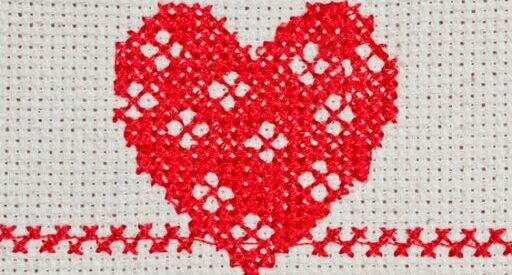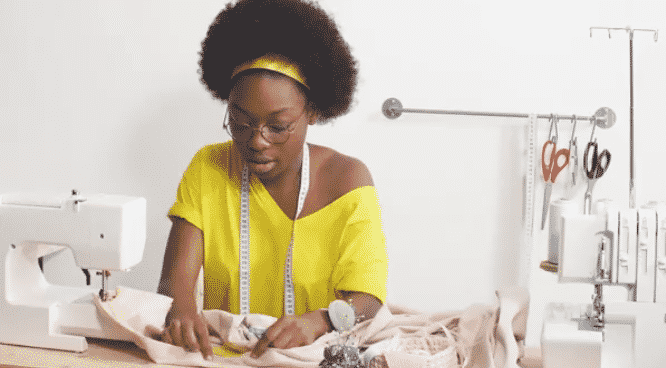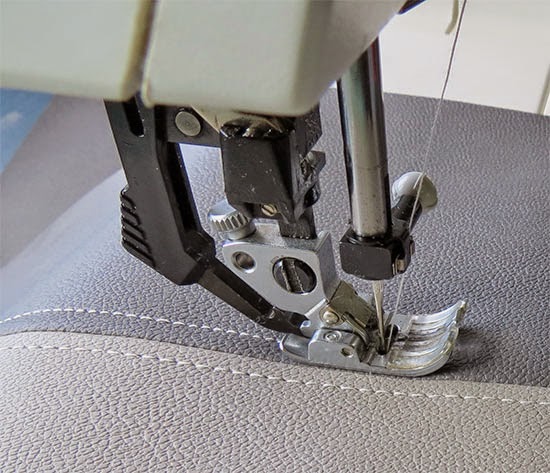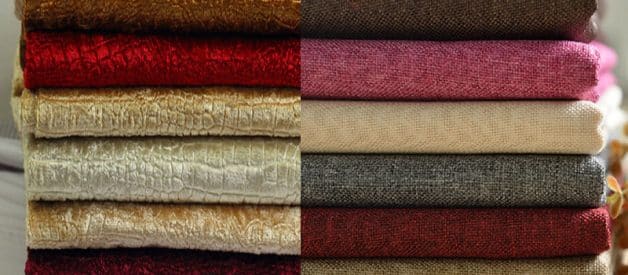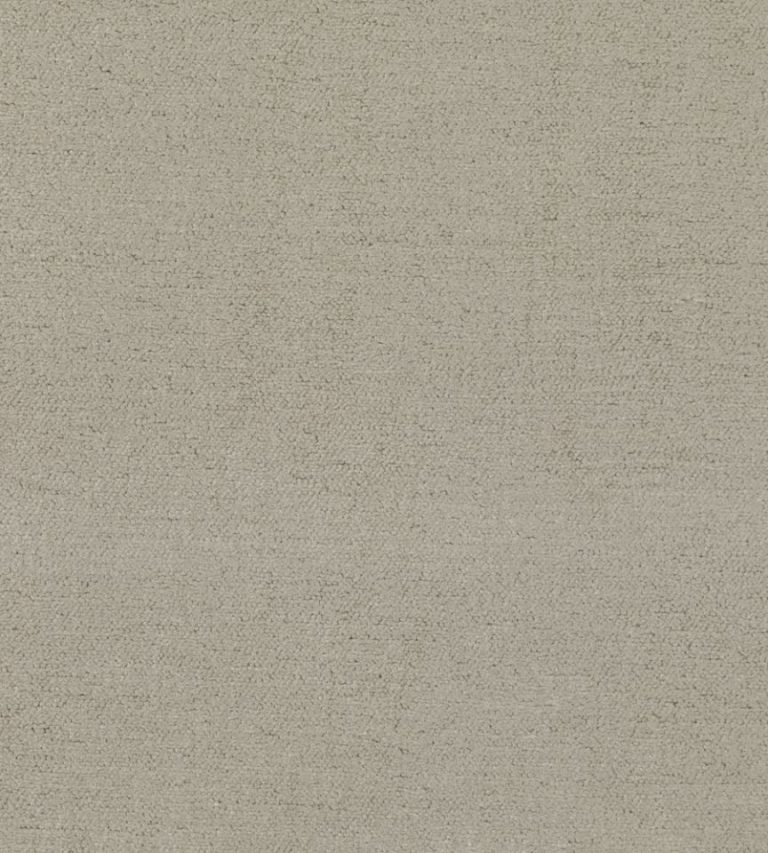How to pad a dress form for a perfect fit
We assume you’ve already found the numerous advantages of using a dress form at work. However, no matter how good a dress form is, it will still require some tweaking to make it work precisely for you. We agree that it is a fantastic fitting tool that will aid you greatly in your work because it closely resembles the human body, but it still need some padding to make it an exceptional fitting tool. So, in this article, we’ll show you how to pad your dress form to make it perfect for you.
The fundamental requirements
We’d like to make sure you have the fundamental needs for your dress form before moving on to the instructions on how to pad your dress form. So, in this article, we’ll teach you what factors to consider when looking for the ideal dress form to employ in your business.
It has to be a fraction of the size of the person it’s supposed to imitate. You’ll need to take various measurements, the most important of which are the high upper breast, front, and back. The circumference and two dimensions should all be equivalent to the person’s measurements. Avoid making these measurements greater. Finally, the dress form you choose should have a smaller chest, waist, and hips than the person for whom it is intended.
Look for a form with a sturdy base. A stand with wheels, on the other hand, is ideal.
Look for a shape that may be adjusted in height.
It’s ideal to have a pinnable dress form on hand. This characteristic makes it simple to poke pins into it. It will come in handy when tissue-fitting patterns on your dress form. However, it isn’t required because you’ll be padding out your form anyhow, making it more pinnable.
There are specific body measurements that must be exact when looking for the appropriate dress form to employ. These are some of the measurements: – Upper bust
- Bust size: full
- The length of the shoulder
- From the center of the shoulder to the bust point
- Front and back, shoulder to waist
- Front and back, neckline to waist
- Torso, approximately 1 inch below the bra’s lowest edge, just under the bust
- Waist circumference
- The hipline
How to Make a Dress Form Pad
It’s not difficult to find a hard dress form that closely resembles the exact body proportions. Using such a form as a fitting tool, on the other hand, may easily result in clothing that are too big. As a result, padding out your dress form to make it more like the body is recommended. When you do this to your form, the garments you make will suit you better. So, let’s look at the measures you’ll need to take to pad out your dress form.
Around the torso, add a layer of quilt batting. Although this batting has a tendency to stick to itself, you should pin or tape it in place to ensure that it stays in place for the time being.
Select a bra that is a wonderful fit for you and place it on your dress form. For two major reasons, this should be done. The first reason is that not every bust is the same size. The second issue is that pads alone cannot always mimic the form that the bust takes when wearing the undergarment. Using your regular bra and cushioning the form adequately can help the bust section of your dress form to closely resemble your own.
Fiberfill should be used to ensure that the bra closely resembles the actual form of the bust.
You should add layers of fiberfill around the bra area in back to approximate the form of the skin as needed.
Add shoulder pads under the bra straps if necessary to accurately replicate the shoulder-to-bust apex or bust point measurement.
Add more layers of quilt batting and separate pads if needed or available.
Measure as many times as necessary to ensure that everything is in order.
Pull a formfit slip or a bodysuit over your dress form once you’ve completed all of the padding.
To verify the body proportions and shapes from all angles, stand next to it and slowly turn while also turning the form. Make any required adjustments to the stuffing.
Measure your dress form once more and compare it to your own measurements. If required, make the necessary modifications.
Get some blouses, tops, dresses, skirts, slacks, and coats that fit you well and try them on your dress form to make sure you perfectly puffed out the dress form to meet your proportions. You can alter the padding a little more this way to ensure that the garments fit the shape as well as they fit you.
Once the fit is as near to your body as feasible, pin or stitch black twill tape to your dress form and mark the following spots while double-checking the dimensions and distances:
- Scoop neckline
- Shoulder blade
- Front Center
- Back Center
- Areas with side seams
- The crotch seam
- Take a bust
- Waistline
- The hips
You’ll be able to utilize your dress form as a very valuable fitting tool once you’ve double-checked that you accomplished everything correctly. Have fun with your sewing!
I
